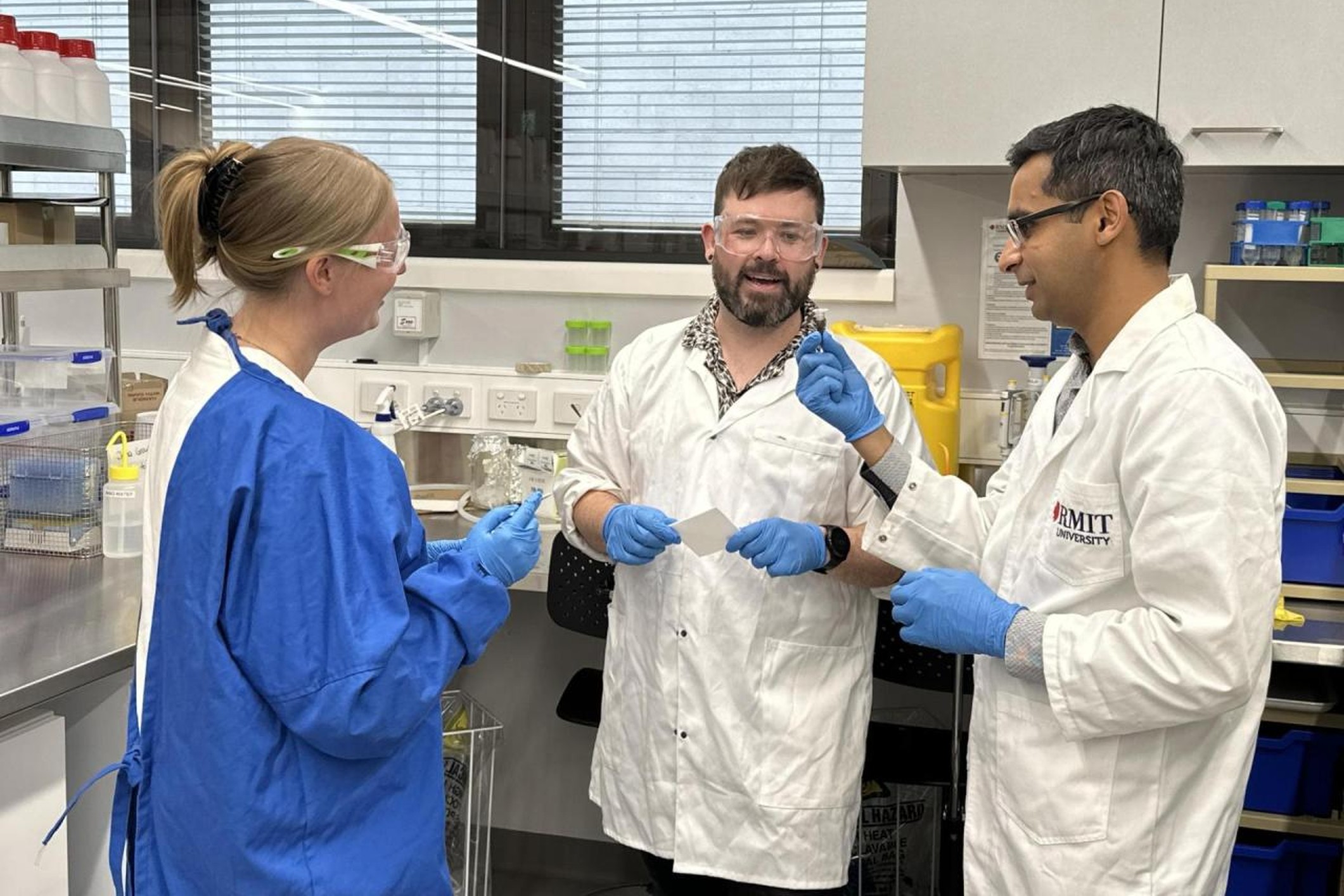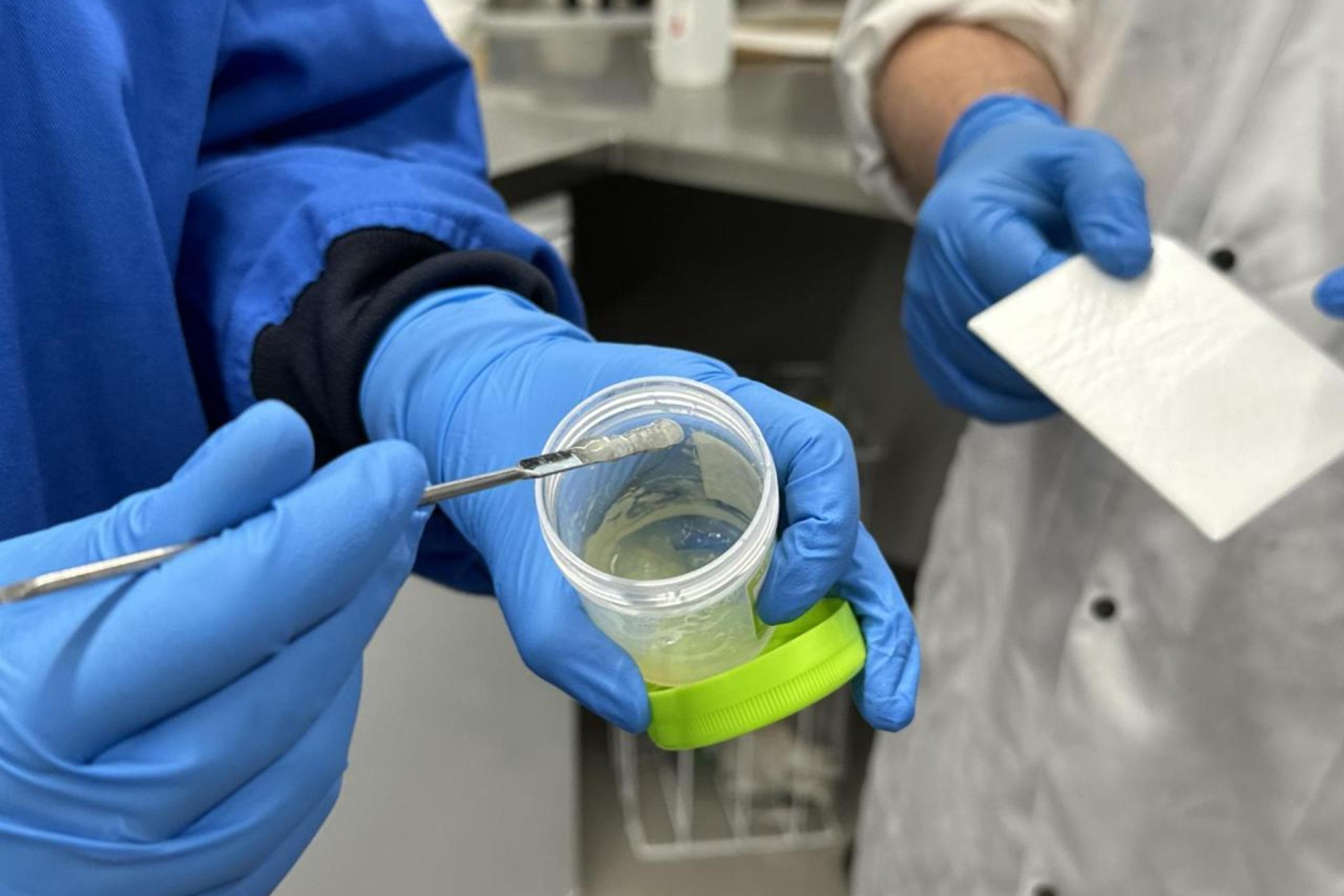
Key points:
Researchers hope their new nano-thin technology will be integrated into wound dressings and implants to heal antibiotic-resistant superbugs like ‘golden staph’.
Advanced preclinical trials have suggested the black phosphorus-based nanotechnology material is effective against a broad range of drug-resistant bacterial cells that have previously been resistant to antibiotics. The new study tested the effectiveness of nano-thin flakes of black phosphorus against five common bacteria strains, including E. coli and drug-resistant golden staph.
Researchers tested the nanotechnology as an advanced infection treatment and wound healing therapeutic which achieved comparable results to an antibiotic in eliminating infection and accelerated healing. It provided rapid antimicrobial action, then self-decomposed after the infection cleared.
Wounds were found to close by 80% over seven days.

A previous study led by RMIT revealed that black phosphorus was effective at killing microbes when spread in nano-thin layers on surfaces used to make wound dressings and implants such as cotton and titanium, or integrated into plastics used in medical instruments.
Lead researcher from UniSA, Doctor Zlatko Kopecki, and his team performed the pre-clinical trials to show how daily topical application of the black phosphorus nanoflakes significantly reduced infection at a time when antibiotic treatments are becoming scarce across the world.
“We urgently need to develop new alternative non-antibiotic approaches to treat and manage wound infection,” he said.
RMIT co-lead researcher, Professor Sumeet Walia, said the study showed how their innovation could be integrated into different forms of treatment and medicine to help combat these types of superbugs.
“The beauty of our innovation is that it is not simply a coating – it can actually be integrated into common materials that devices are made of, as well as plastic and gels, to make them antimicrobial,” he said.
“As the nanomaterial breaks down, its surface reacts with the atmosphere to produce what are called reactive oxygen species. These species ultimately help by ripping bacterial cells apart,” Walia said.
The research team are now looking to collaborate with industry partners to develop and prototype the technology for commercial use.